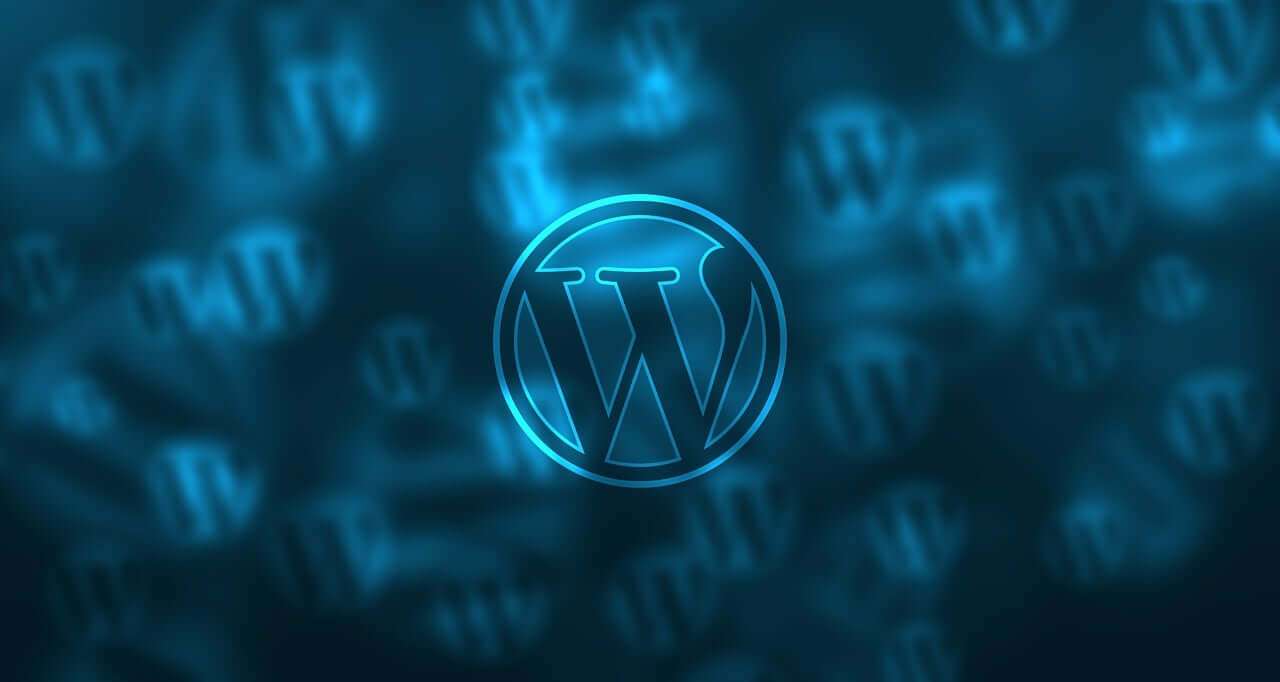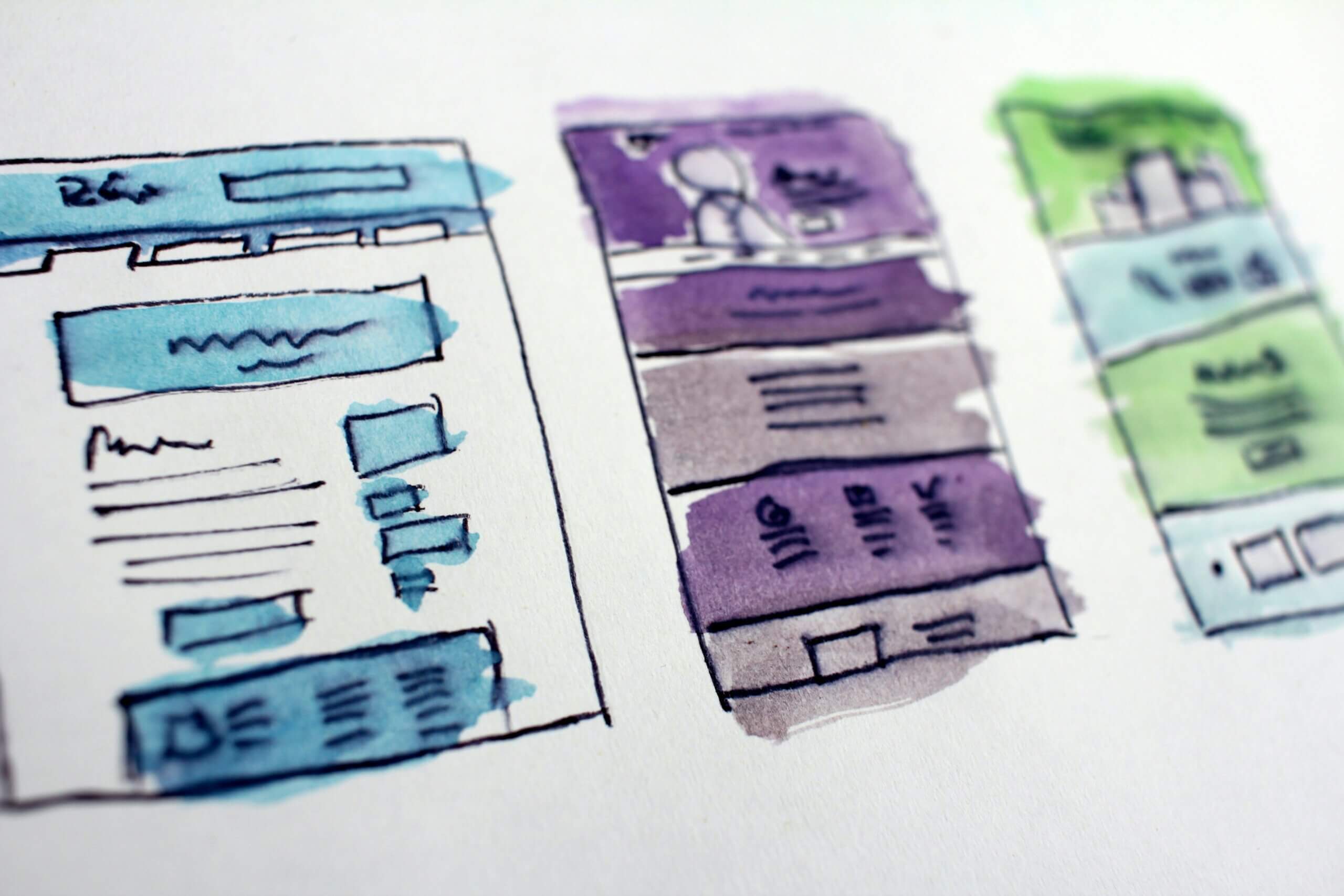WordPress Website Design and Building: Comprehensive Action Plan
Building a WordPress website involves several crucial steps, from initial planning to the final launch. Here is a comprehensive action plan to guide you through the process

1. Define Your Purpose and Goals
Action:
- Identify the website’s purpose: Determine whether the website is for blogging, e-commerce, a portfolio, or another purpose.
- Set clear goals: Define what you want to achieve, such as increased traffic, lead generation, or sales.
Explanation:
Understanding the purpose and setting goals provides a clear direction and helps make informed decisions throughout the design and building process.


2. Choose a Domain Name and Hosting Provider
Action:
- Select a domain name: Choose a name that reflects your brand and is easy to remember.
- Pick a hosting provider: Select a reliable hosting service that suits your needs (e.g., shared hosting, VPS, dedicated hosting).
Explanation:
A domain name is your website’s address, while hosting is where your website lives. Both are essential for getting your site online.
3. Install WordPress
Action:
- Install WordPress: Use the one-click installation feature provided by most hosting providers or manually install WordPress.
Explanation:
Installing WordPress is the first step in setting up your website’s content management system (CMS), allowing you to create and manage your site easily.
4. Choose a Theme
Action:
- Select a theme: Pick a WordPress theme that aligns with your website’s purpose and goals.
- Customize the theme: Adjust the design elements to fit your brand (colors, fonts, layout).
Explanation:
The theme determines your website’s look and feel. Customizing it ensures a unique and professional appearance.
5. Install Essential Plugins
Action:
- Install essential plugins: Add plugins for security (e.g., Wordfence), SEO (e.g., Yoast SEO), performance (e.g., WP Super Cache), and backup (e.g., UpdraftPlus).
- Activate and configure plugins: Set up each plugin according to your website’s needs.
Explanation:
Plugins extend WordPress’s functionality, providing additional features and enhancing your site’s performance, security, and usability.
6. Create a Content Strategy
Action:
- Plan your content: Outline the type of content you will create (blogs, product pages, galleries).
- Develop a content calendar: Schedule when and how often you publish new content.
Explanation:
A content strategy ensures you consistently produce high-quality, relevant content that engages your audience and supports your goals.
7. Design Your Website Structure
Action:
- Plan your website’s structure: Decide on the main pages (e.g., Home, About, Services, Blog, Contact).
- Create a sitemap: Visualize the hierarchy and flow of your website.
Explanation:
A well-structured website makes it easy for visitors to navigate and find the information they need, improving user experience.
8. Develop Core Pages
Action:
- Create and design core pages: Develop content and design for essential pages like Home, About, Services, and Contact.
- Ensure responsiveness: Make sure your pages are mobile-friendly and work well on different devices.
Explanation:
Core pages are fundamental to your website. They provide visitors with key information about your business and how to contact you.
9. Optimize for SEO
Action:
- Optimize content for SEO: Use keywords strategically, write meta descriptions, and ensure proper use of header tags.
- Improve site speed: Compress images, use caching, and minimize CSS/JS files.
Explanation:
SEO optimization helps your website rank higher in search engine results, driving more organic traffic.
10. Test Your Website
Action:
- Perform thorough testing: Check for broken links and test forms and ensure all plugins and features work correctly.
- Conduct usability testing: Get feedback from real users to identify any usability issues.
Explanation:
Testing ensures your website functions properly and provides a good user experience before it goes live.
11. Launch Your Website
Action:
- Prepare for launch: Ensure everything is in place, including backups and a maintenance plan.
- Go live: Make your website accessible to the public.
Explanation:
Launching your website is the final step, marking the transition from development to a live site that users can visit.
11. Launch Your Website
Action:
- Prepare for launch: Ensure everything is in place, including backups and a maintenance plan.
- Go live: Make your website accessible to the public.
Explanation:
Launching your website is the final step, marking the transition from development to a live site that users can visit.
12. Monitor and Maintain
Action:
- Monitor performance: Use tools like Google Analytics to track traffic and user behavior.
- Regular maintenance: Update WordPress, themes, and plugins regularly, and back up your site frequently.
Explanation:
Continuous monitoring and maintenance keep your website secure, up-to-date, and performing well.
By following these steps, you can build a robust, user-friendly WordPress website that meets your goals and provides a great experience for your visitors.
